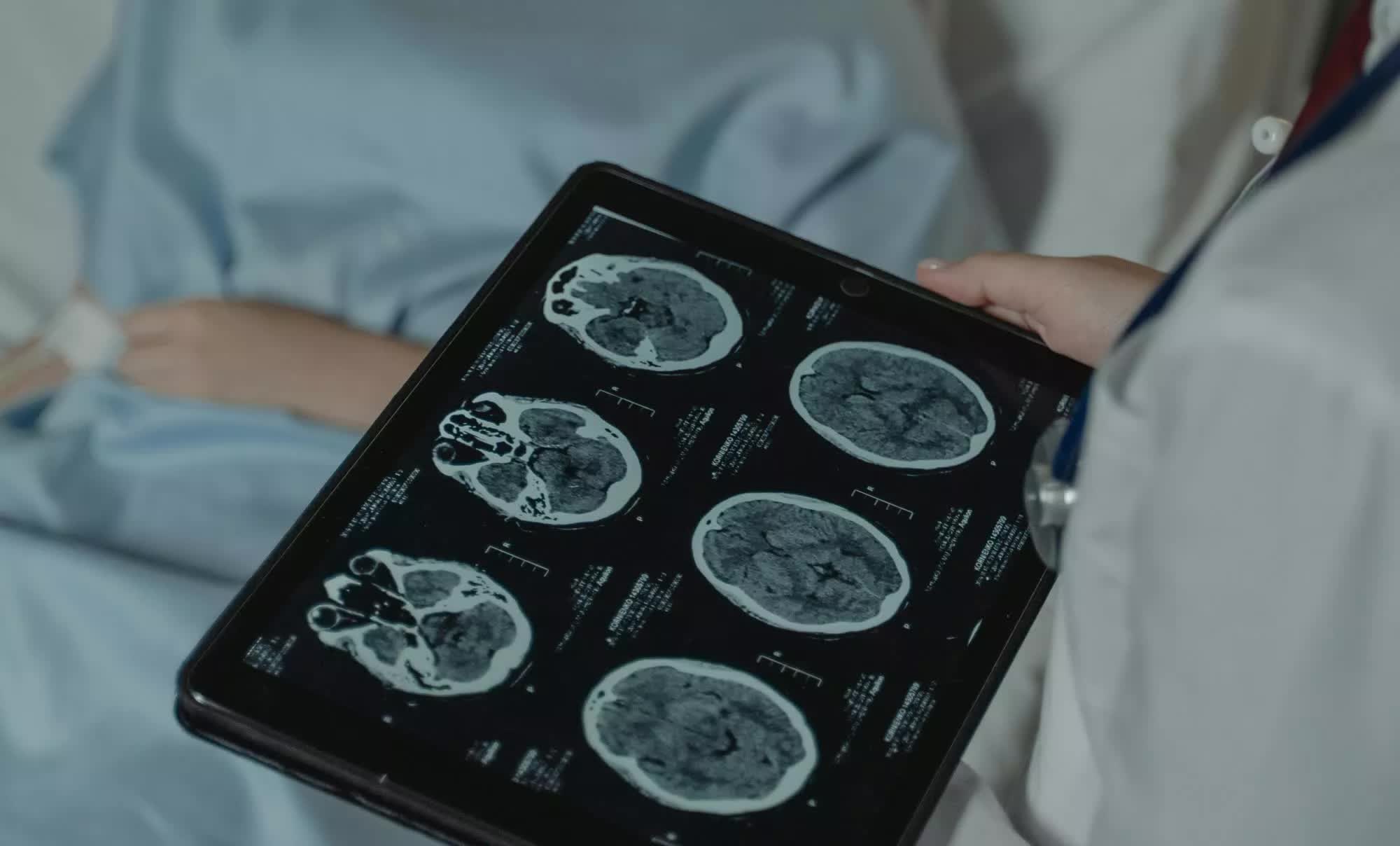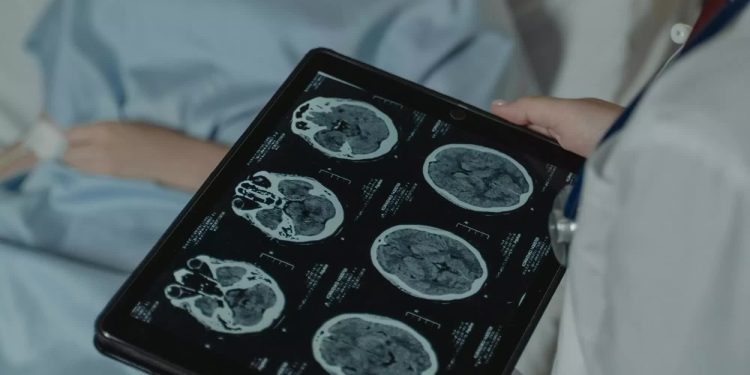Prospective: There is a new treatment against fascinating cancer on the horizon called Flash radiotherapy which could upset the domain as we know it. Rather than delivering radiation over several minutes such as current techniques, Flash overeating traditional radiotherapy by exploding tumors with an extremely intense dose of radiation in less than a second.
Even if it does not seem to be a big step forward, this approach offers a great advantage: killing cancer cells while damaging the surrounding healthy tissues less. It is believed that it happens because healthy tissues can resist the rapid dose better than cancer cells.
The first experiences on healthy laboratory mice are promising and have already proven that rodents do not develop the typical side effects, even after two series of radiation.
Work behind flash radiotherapy is supported by an improbable source: CERN, the particle physics laboratory famous for the great collision of Hadrons. While the concept of flash was born from radioiologists over ten years ago, the CERN adapts its particle accelerators-initially designed to break atoms-to deliver radiation at ultra-high speeds for cancer treatment.
Billy Loo, who heads the Flash laboratory of the University of Stanford, told BBC that Flash produces less normal tissue lesions than conventional irradiation, without compromising anti -tumor efficiency. This would be particularly useful for treatments for more delicate areas, such as the brain, which are generally treated at a high cost.

As Dr. Marie-Catherine Vozenin explains from Geneva University Hospitals to the BBC: “We are able to heal children with brain tumors, but the price they pay is high-things like permanent anxiety, depression and significant loss of IQ. »»
In case of success, Flash could allow higher healing rates for notoriously fatal cancers such as glioblastoma brain tumors.
Flash could also allow higher radiation doses to combat cancer difficult to treat that have spread to other organs. With conventional radiotherapy, doctors often cannot go as far as they would like for fear of collateral damage. But Flash could make more aggressive treatments viable.
Flash human tests are already underway in various hospitals around the world. For example, the Cincinnati children’s hospital in Ohio, the United States, provides for an early stage testing children with metastatic cancer that has spread to chest bones.
For the moment, most of these treatments use protons as radiation particles, as proton therapy devices can be adapted for flash administration. But researchers also explore other particles such as carbon ions and electrons.
Once the trials on humans have proven to be fruitful, the question of accessibility will be another challenge. The equipment required for such therapy is enormous and extremely expensive, which limits its availability to more sophisticated hospitals. Carbon ion therapy equipment can even be the size of a building.
Making flash cheaper and improving accessibility is a challenge on which CERN works by collaborating with hospitals and businesses. The ultimate goal is to allow any hospital with radiotherapy equipment to provide flash.
There is of course a lot of research to do and the risks of flash are being studied. But the first signs are enough to enthron the oncologists.


